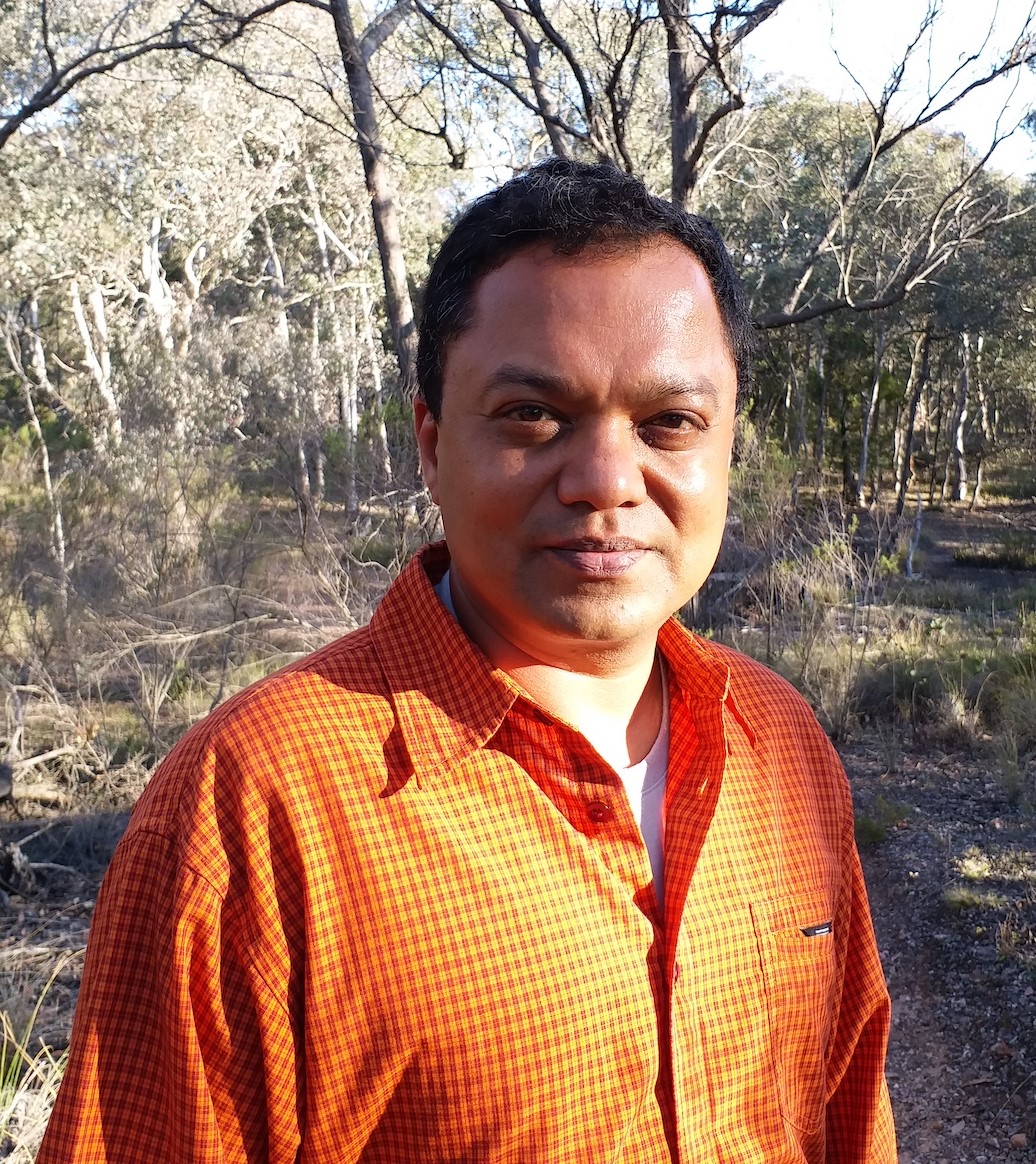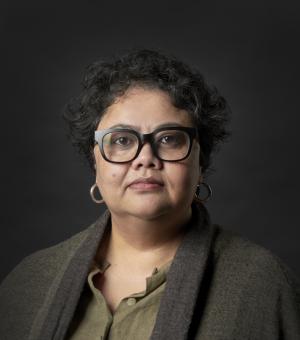The modernity and contemporaneity of contemporary cultural expressions from Asia and other parts of the non-Western world started being acknowledged by major institutions in the developed world some four decades ago. Today it is increasingly common to see contemporary art from previously peripheral locations featured among exhibitions of a “worlded” contemporary art system. Discernible in the seemingly insatiable appetites for luxury consumption at burgeoning art fairs, or in the aspirational accumulation of cultural capital in a biennialised world, dealers, curators, critics and collectors are increasingly confident in their inclusion of art from South Asian and other previously marginalised locations. Focussing on examples from South and Southeast Asia, this talk analyses the “worlding” of contemporary art in the complex interplay of the local and the global. It explores the multiple valences of local belonging and international representation in the production of meaning in the eternal present of a seemingly contextless contemporaneity.
This a hybrid event, taking place in both the Headley Lecture Theatre, Ashmolean Museum and online via MS Teams. Please indicate your mode of attendance when registering at the link below. For online attendees, the link to join will be shared after you have registered.
Image ©Ali Kazim
Speaker

Chaitanya Sambrani
Chaitanya Sambrani is an art historian and curator living and working on Ngunnawal and Ngambri land in Canberra, Australia. He is interested in and modern and contemporary art in Asia, especially in relation to the politics of tradition, nationhood, and marginality. Sambrani is an Associate Professor at the Australian National University School of Art and Design, where he teaches courses on modernism and contemporary art in India, Indonesia, China and Japan, and on art, design and urbanity. His curatorial projects include Edge of Desire: Recent Art in India (Australia, USA, Mexico and India 2004-07); Place.Time.Play: Contemporary Art from the West Heavens to the Middle Kingdom (the first contemporary art exchange between artists from China and India, Shanghai, 2010); To Let the World In: narrative and beyond in contemporary Indian art (Chennai 2012) and All that Arises, a survey of the work of Lao-Australian artist Savanhdary Vongpoothorn (Canberra, 2019). He is principal author and editor of At Home in the World: the Art and Life of Gulammohammed Sheikh (2019), and is working on a monograph on the Riding Rocinante project of Tushar Joag (1966-2018) addressing water rights and futures across India and China. He leads the interdisciplinary digital project The "Wonders" that Basham Saw, analysing the visual archives of Professor A.L. Basham, in collaboration with colleagues at ANU, University of Sydney, the National Gallery of Australia, National University of Singapore and the Ashmolean Museum, University of Oxford.
Introduction

Mallica Kumbera Landrus
Mallica is Keeper (Head) of the Eastern Art Department in the Ashmolean Museum, where the collections span more than 5,000 years of cultural and artistic development, from the Islamic Middle East, China, Korea, Japan, South and Southeast Asia. Her curatorial responsibilities include South and Southeast Asian art. She is a Fellow of St Cross College, Oxford, and Associate Professor of the history of Indian art.
Moderator for Discussion

Geoffrey Batchen
Geoffrey Batchen is Professor of the History of Art at the University of Oxford. A specialist in the history of photography, He taught art history in Australia, the United States and New Zealand before coming to Oxford in 2020. He began his career as a curator, but has also edited art magazines, hosted a radio show, and published a variety of books. His writing has been published in 23 languages to date and his curated exhibitions shown in Brazil, Australia, United States, Netherlands, UK, Iceland, Japan, Germany and New Zealand. He has a particular interest in the early history of photography but often bring this into conversation with the present, and especially with contemporary art practices.

